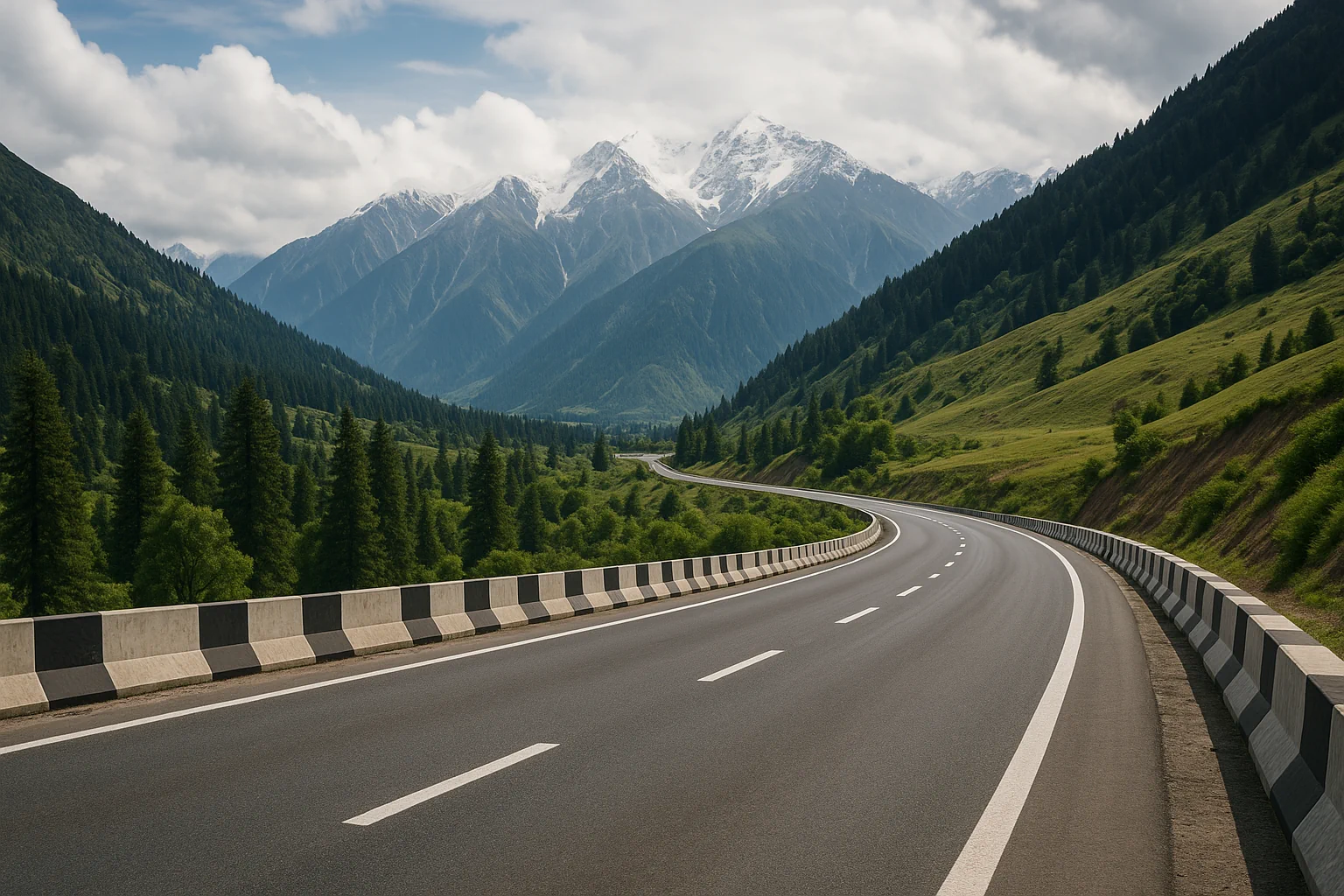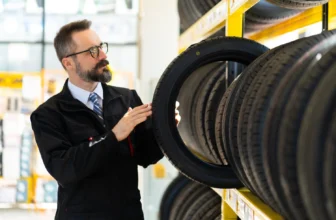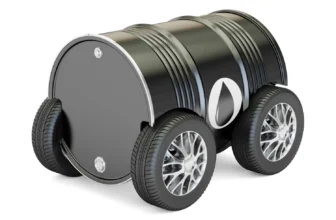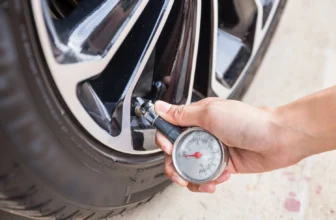
The Route That Tests Everything: Karachi to Kaghan
There’s something deeply familiar and uniquely Pakistani about the Karachi to Kaghan road trip. It isn’t a standard highway journey – it’s a layered experience. You move from humid coastal plains to dry, sun-baked stretches, from polished motorways to dusty, broken backroads, and finally to sharp mountain climbs lined with mist and pine. It’s the kind of trip that quietly demands more from your tyres than most drivers realise.
And the vehicles that take this route? They’re everyday workhorses – Suzuki Cultus, Toyota GLi, Honda Civic, KIA Sportage – not specialized off-roaders. Most of us make this trip in what we already own, not in what’s ideal for the journey. That’s where tyres come in. This route doesn’t require the most expensive tyres; it requires the right ones. Because from Karachi’s melting tarmac to Kaghan’s steep turns, the road changes character – and your tyres need to keep up with every personality shift along the way.
Coastal Heat and Urban Chaos: The Karachi Start
Karachi is relentless. The roads are a mix of heat, pressure, and unpredictability. You’re not just driving – you’re navigating craters in Korangi, dodging rickshaws on Shahrah-e-Quaideen, and dealing with traffic that stops dead in Clifton and then suddenly accelerates on a whim. All of this while the road surface beneath you radiates 50+ degrees of heat into your tyres.
This is the first test of your journey. Tyres in Karachi need to resist heat build-up, maintain grip in short braking windows, and survive the uneven urban surfaces that wear down sidewalls faster than most people expect. Many drivers ignore this stage and hit the road with over-inflated, budget tyres. It might feel smooth at first, but the hidden damage begins right here.
- What you need: A tyre compound that handles high temperatures without hardening
- What works well: Yokohama BlueEarth AE50, Dunlop Enasave EC300+, or Michelin Energy XM2+
- What to avoid: Stiff sidewalls or hardened tread – they reduce grip during city braking
Before you even reach the highway, your tyres have absorbed the worst of Karachi. That’s the quiet part no one talks about. If your tyres aren’t matched to this first stretch, the rest of the journey is already compromised.
Highway Stretch: M5 to Multan – Straight, Fast, Unforgiving
Once you exit the tangled rhythms of city life and merge onto the M5, the entire feel of the drive changes. It’s smooth, wide, and deceptively calm. But this is where tyre mistakes show up fast. At speeds above 100 km/h, even minor imperfections in your tyre balance, tread pattern, or inflation can snowball into real risks. Most Pakistani drivers underestimate how heat and speed interact on long straight highways like this. Tyres build up temperature over time, and if they aren’t designed for sustained high-speed travel, they start to harden, lose grip, and wear unevenly.
This stretch is where your tyre’s load index and speed rating come under pressure – especially if you’re carrying full family luggage or have rear-seat passengers for 5+ hours straight. Overloaded sedans running on passenger-grade tyres? That’s where blowouts happen. And often, you won’t get a second warning.
- Recommended traits: High-speed stability, even tread wear, reinforced sidewalls
- Good choices: Continental UC6, Bridgestone Ecopia EP300, Dunlop SP Touring R1
- Tip: Always check tyre pressure cold before this leg – highway heat will increase it naturally
You don’t need sports tyres for this drive, but you do need something tested for speed, load, and summer road temperature. Many tyre brands sold locally skip these ratings or aren’t transparent about them. Insist on the label – and more importantly, match it to your car and your route.
The No-Man’s Land: Bahawalpur to Islamabad – Dust, Trucks, Ditches
This is where most tyres start to show fatigue. After Multan, the landscape becomes unpredictable. You might find yourself on clean bypass roads one moment, then hit truck-heavy diversions, broken shoulders, and heat-rippled backroads the next. Tyres need to pivot here – from stability at speed to flexibility and toughness in chaos. And in this part of the trip, most drivers are tired, roads are less forgiving, and emergency braking becomes more likely.
This stretch is also where many people try to stretch their luck with worn treads. But the combination of fine dust, uneven bitumen, and long-haul trucks swerving last-minute makes it a mistake. A single oil patch or gravel-covered turn can slide you straight off course. And yes, this is where you’ll wish your valves and alignment weren’t ignored.
- Must-have: Good tread depth (at least 4mm), recent alignment, reinforced sidewall structure
- Solid picks: General Altimax RT45, Hankook Kinergy Eco2, Pirelli Cinturato P6
- Don’t skip: Spare tyre check – make sure it’s not older than the ones you’re using
The road from Bahawalpur to Islamabad doesn’t look dangerous – and that’s the problem. It lulls you into thinking you’re coasting, until one split-second scenario proves your tyres weren’t ready.
Islamabad to Kaghan: The Mountain Test of Grip and Confidence
Once you pass Islamabad and begin climbing into the Kaghan Valley region, your tyres face a completely new kind of challenge. Gone are the long, open stretches. Now it’s sharp inclines, descending corners, broken edges, unpredictable rains, and the constant push-and-pull between engine and brakes. If your tyres were merely adequate before, this is where they either prove their worth or betray you.
The misconception that city or touring tyres can “handle mountains just fine” is common – and costly. As the elevation rises, grip becomes everything. Especially in monsoon or post-rain conditions, when roads near Balakot or Naran turn slick, even a gentle curve can become treacherous. And if you’re heading up with family and luggage, stopping distances become longer than most people realise.
- Tyre traits to prioritise: Directional tread patterns, wet grip performance, sharp cornering stability
- Suggested options: Michelin Primacy 4, Pirelli Cinturato All Season Plus, Goodyear Assurance TripleMax 2
- Optional but ideal: All-weather tyres with light M+S rating for year-round safety
In this stage, your tyres aren’t just about mobility – they’re about peace of mind. When every curve hides a surprise, tyre confidence is not negotiable.
What Most People Get Wrong About “All-Purpose Tyres”
In Pakistan, tyre shops love to pitch the “yeh har road pe chalay ga” narrative – the universal tyre that magically fits every surface, season, and budget. But here’s the reality: no tyre truly does everything well. Some are biased for grip, others for silence, others for lifespan. Trying to find one tyre that excels in Karachi traffic, handles motorway speeds, and climbs Kaghan in the rain is like asking one pair of shoes to be your running, hiking, and wedding option.
The idea of seasonal tyre changes is laughed off in Pakistan. But it’s worth thinking about. You don’t need winter tyres, but you might benefit from two sets: a comfort-oriented city set and a more rugged, travel-grade set. It’s not a luxury – it’s a long-term investment in safety, control, and driving confidence. Especially for those who frequently travel or live between cities and hill stations.
- Instead of “one tyre for all,” consider:
- A high-durability city tyre for daily urban driving
- A secondary set (even used or mid-range) for long highway or hill journeys
- Long-term benefit: You preserve both sets better and get more mileage per rupee
Tyres aren’t just a purchase – they’re a plan. And the best drivers think that way.
Checklist: If You’re Actually Attempting This Trip
If you’re seriously planning a Karachi to Kaghan drive, treat your tyres as part of your pre-trip preparation, not an afterthought. Pakistan’s roads are unforgiving to the unprepared, especially on long-distance runs where services are sparse and tyre damage can leave you stranded for hours.
- Check manufacturing date – if your tyres are older than 4 years, replace them regardless of tread
- Ensure your spare tyre is inflated, accessible, and not damaged or expired
- Get wheel alignment and balancing done at least a week before the trip
- Carry a portable tyre inflator and pressure gauge
- Keep a bottle of emergency tyre sealant in your glove compartment
- Familiarise yourself with safe pressure levels when hot vs cold – pressure rises during long drives
This isn’t just about performance – it’s about preparation. A tyre failure in the hills can ruin not just the trip, but put your passengers at serious risk. Don’t treat tyres like background gear. They are your first line of defence between the road and real trouble.






